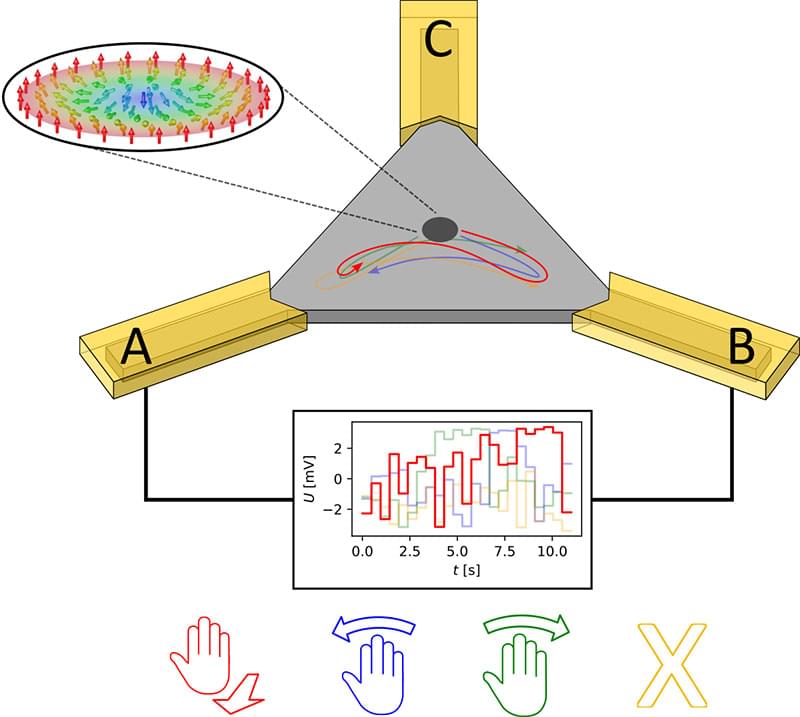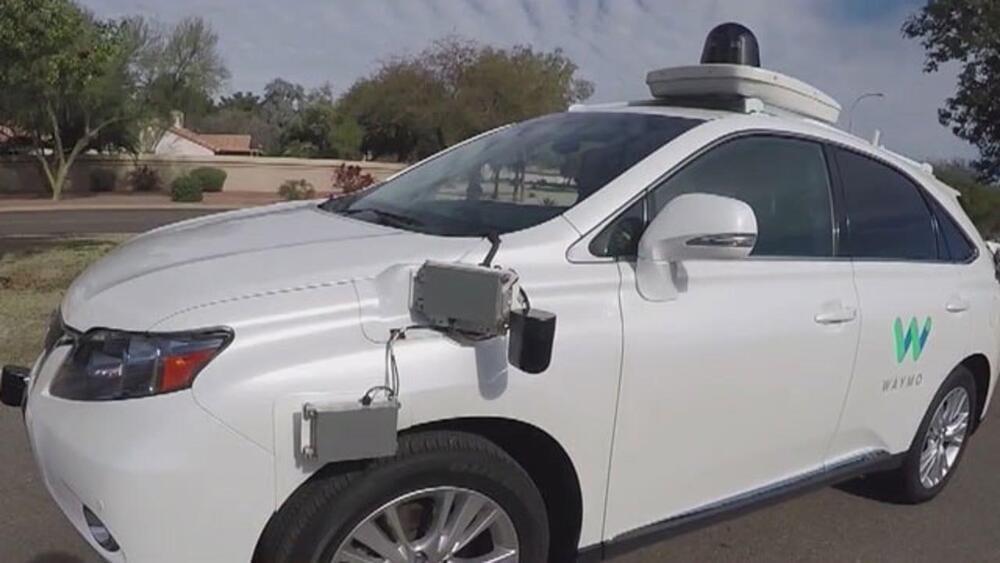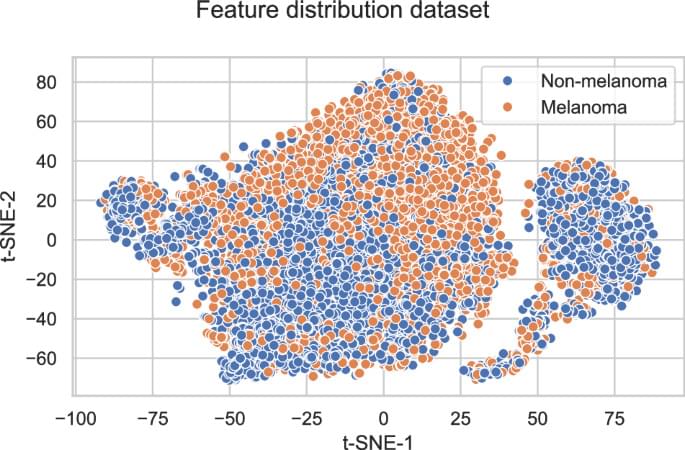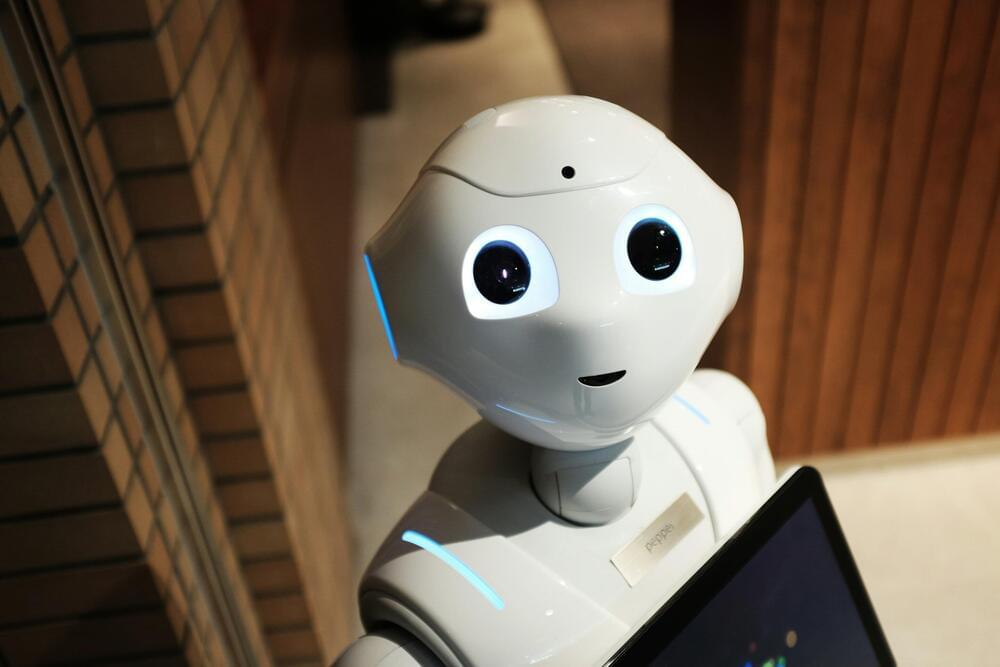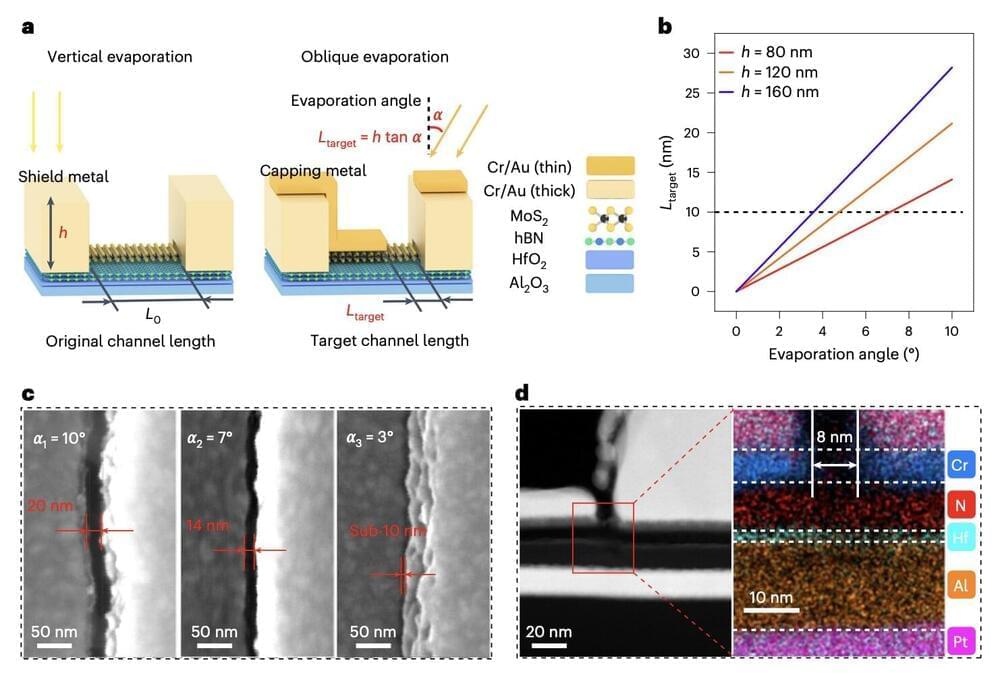AI can enhance legal efficiency and productivity, but it cannot replace the essential human skills, judgment, and personal involvement required in law practice.
Questions to inspire discussion.
AI’s Impact on Legal Processes.
🤖Q: How can AI streamline legal work? A: AI can streamline document review, legal research, and contract analysis, potentially saving time and reducing costs, but requires accurate databases of serious legal precedent to avoid errors.
